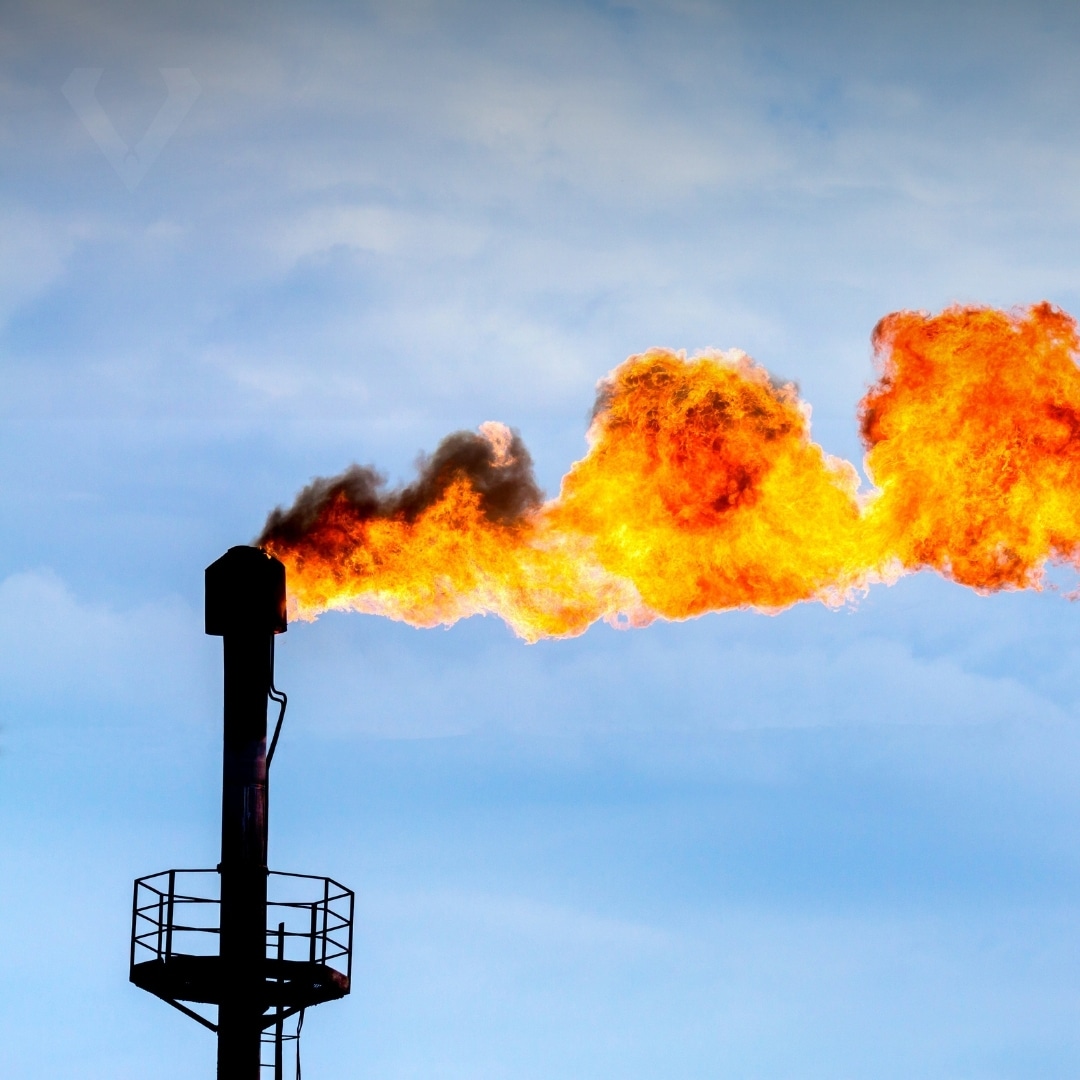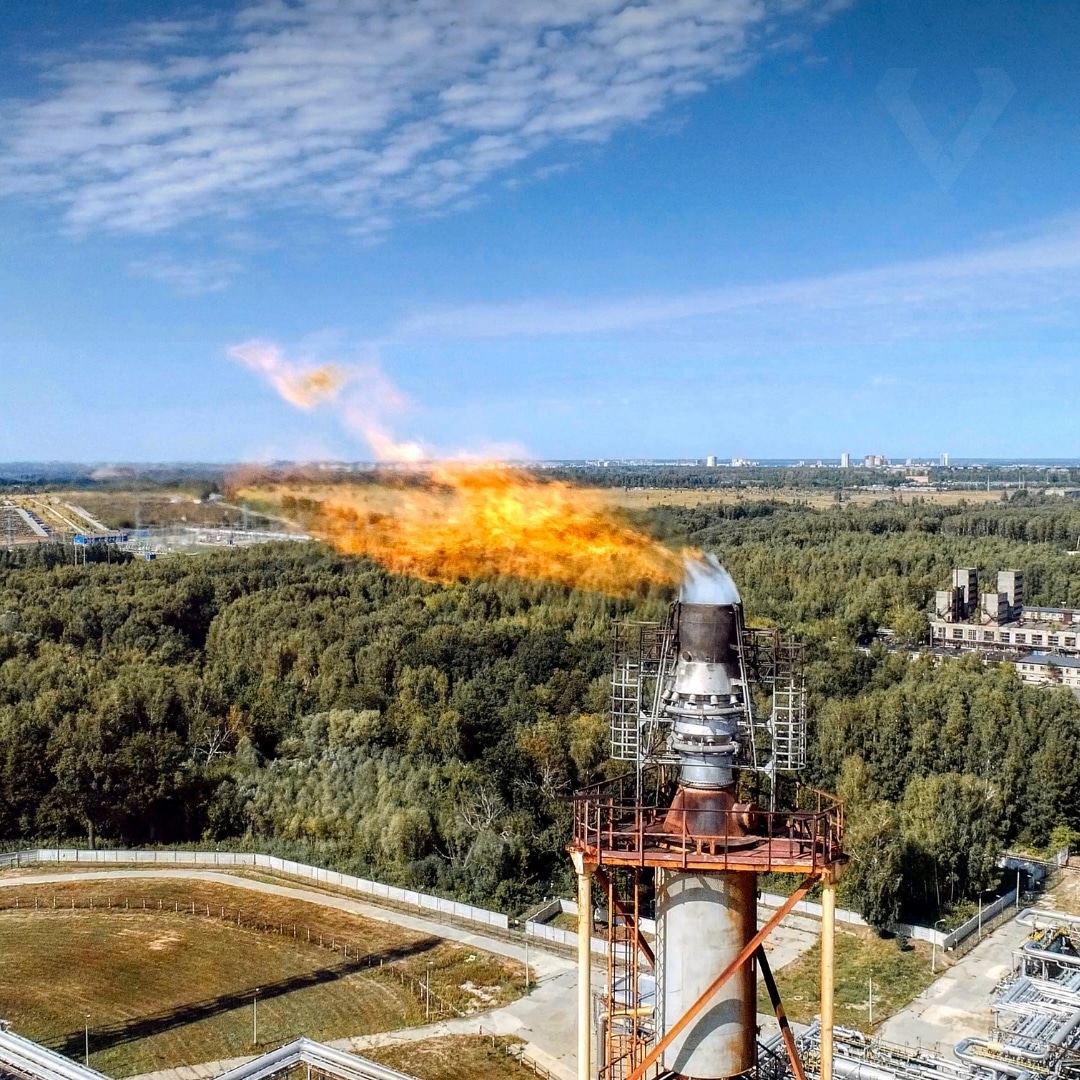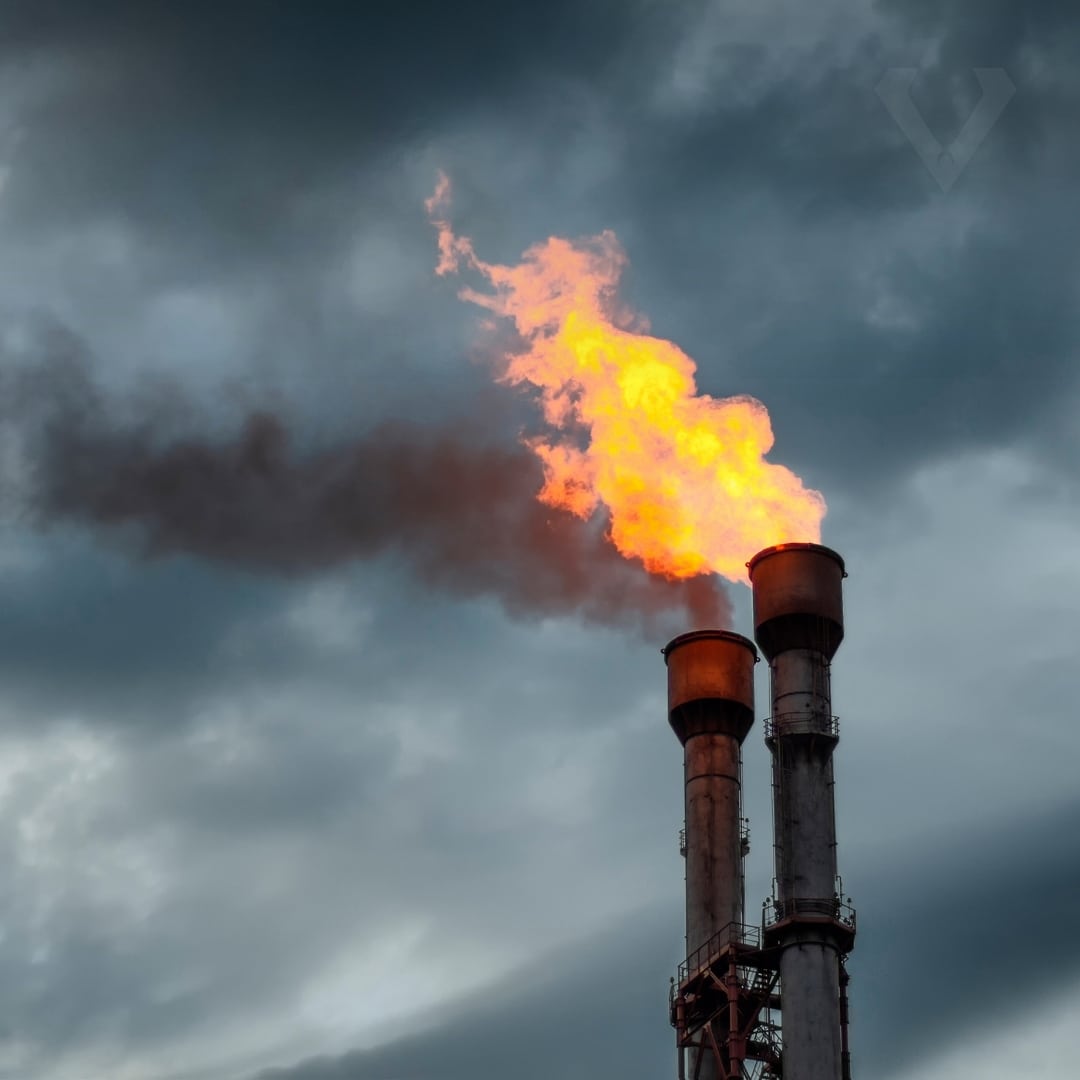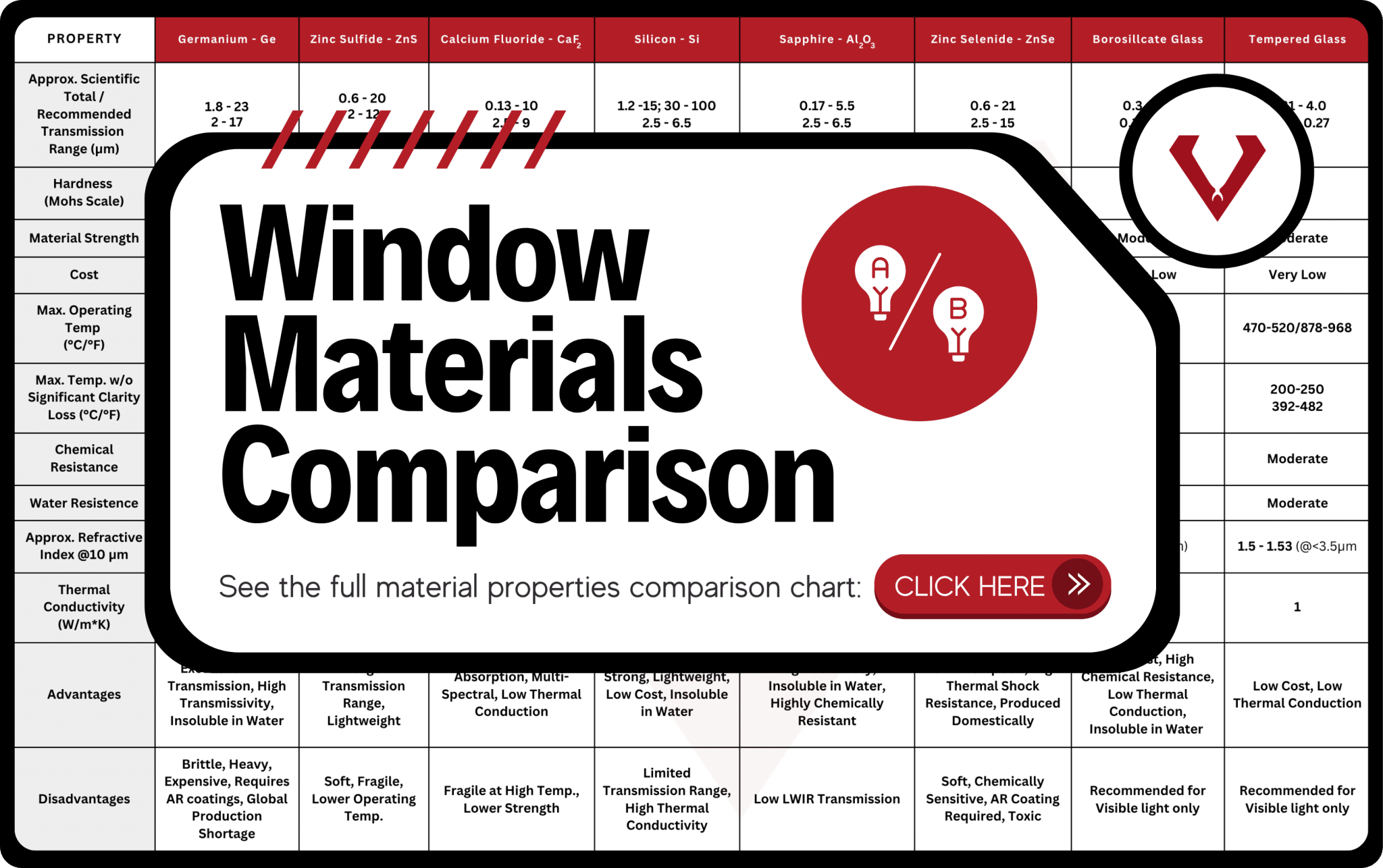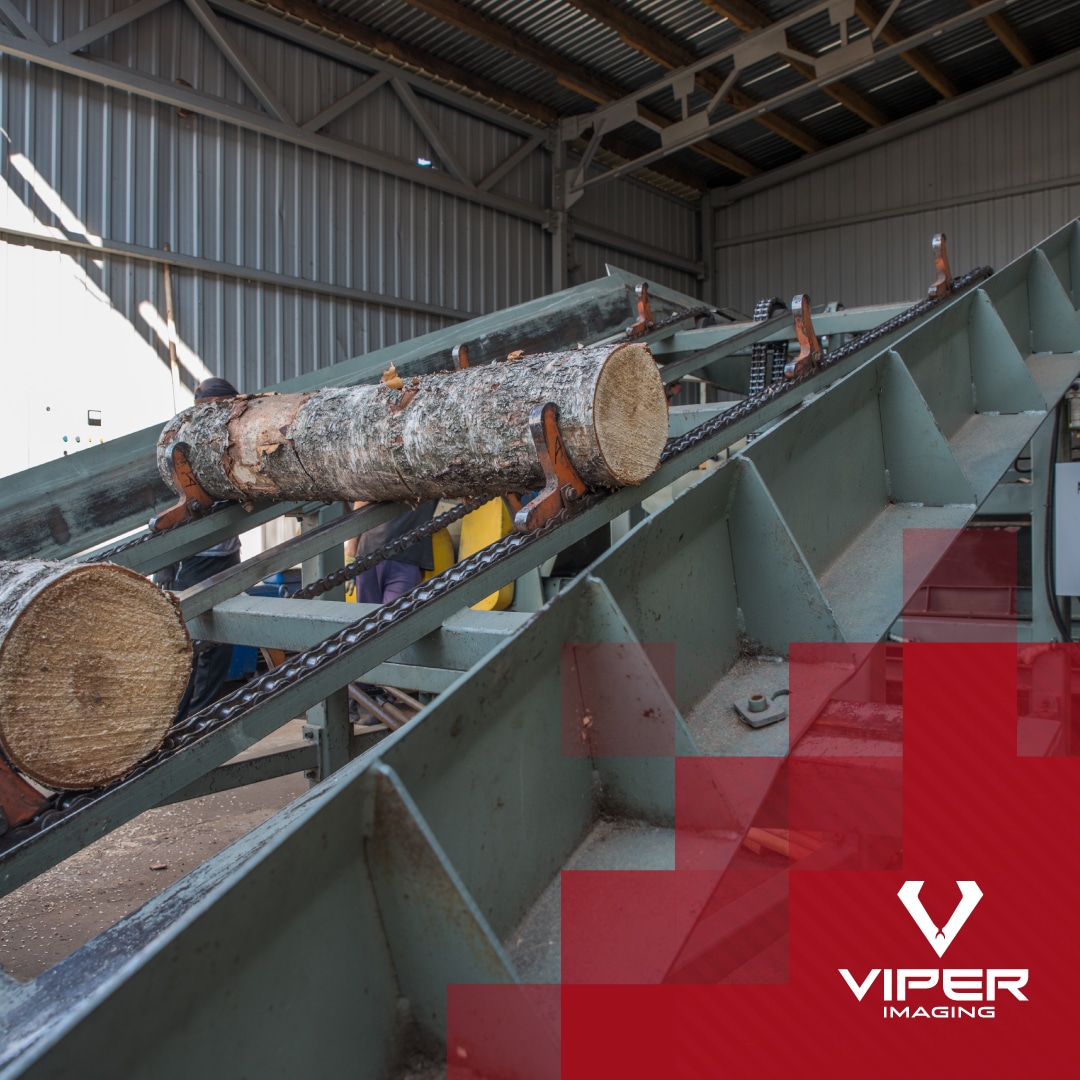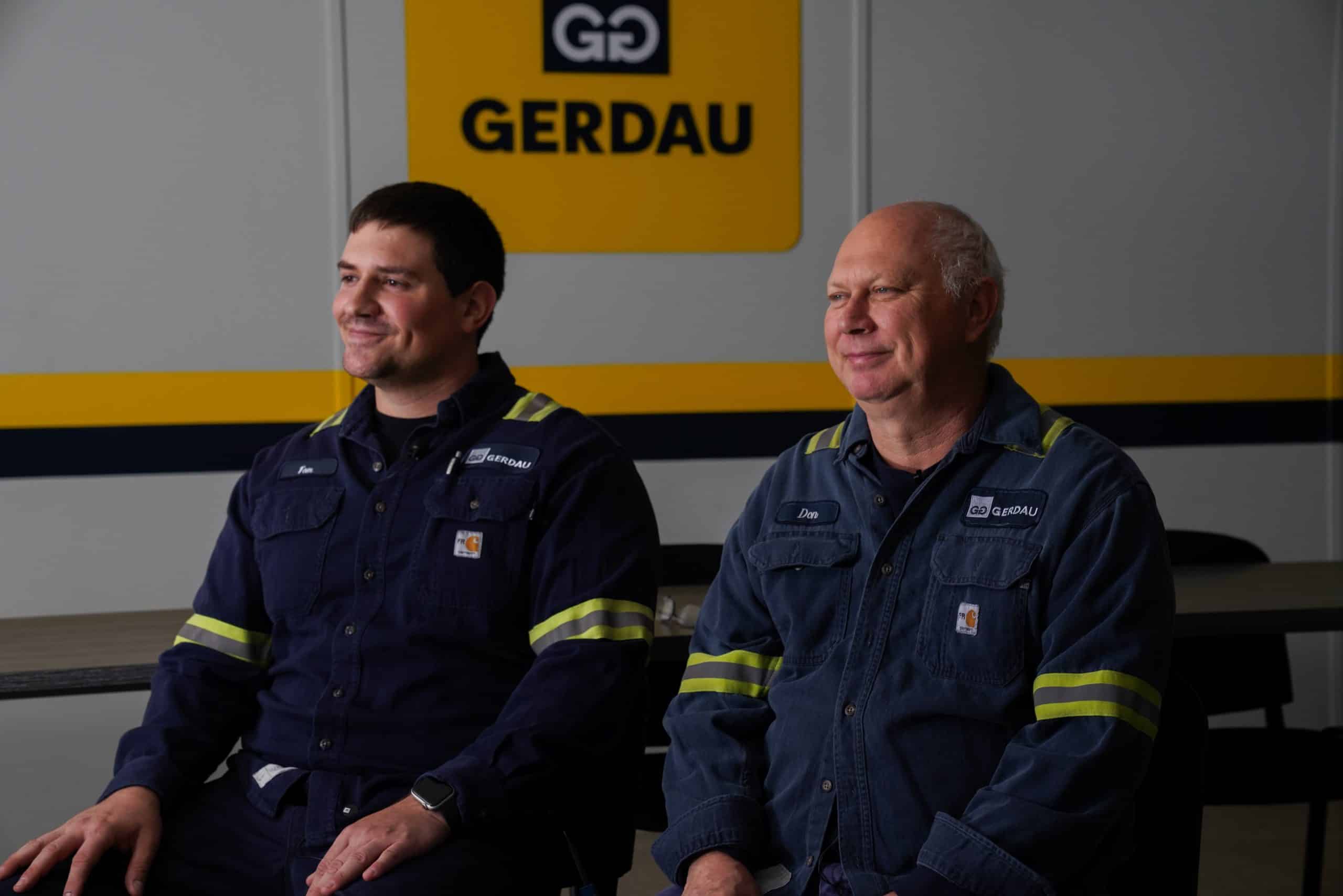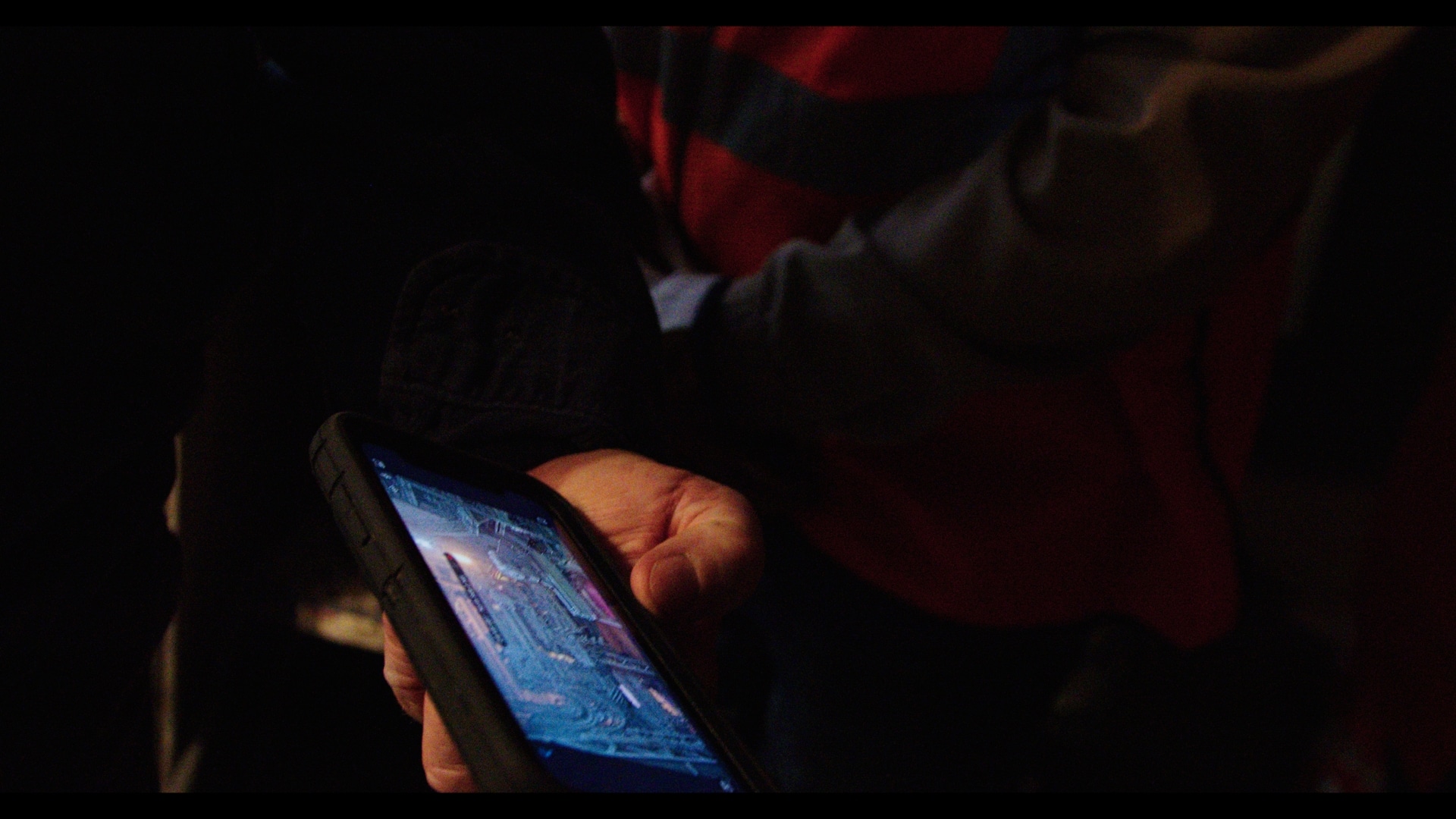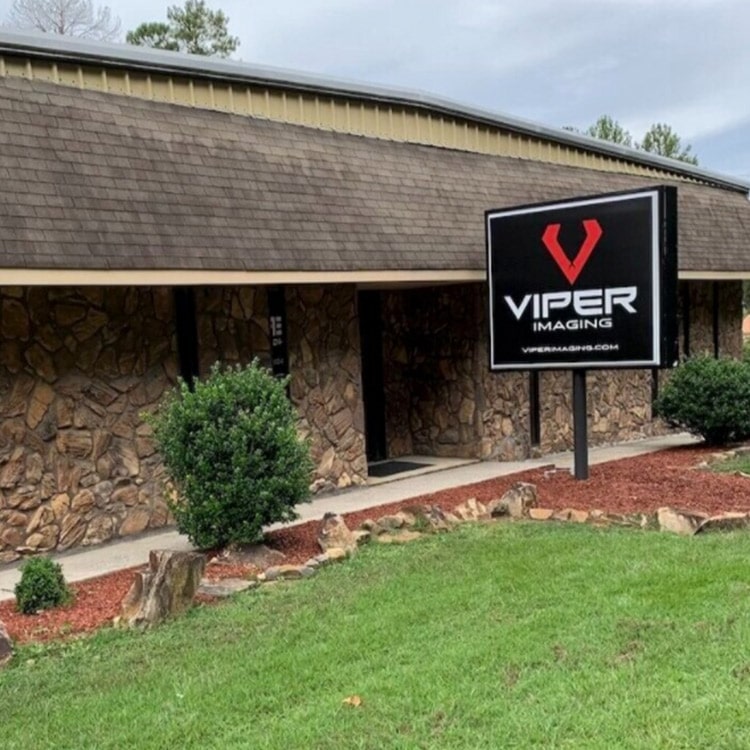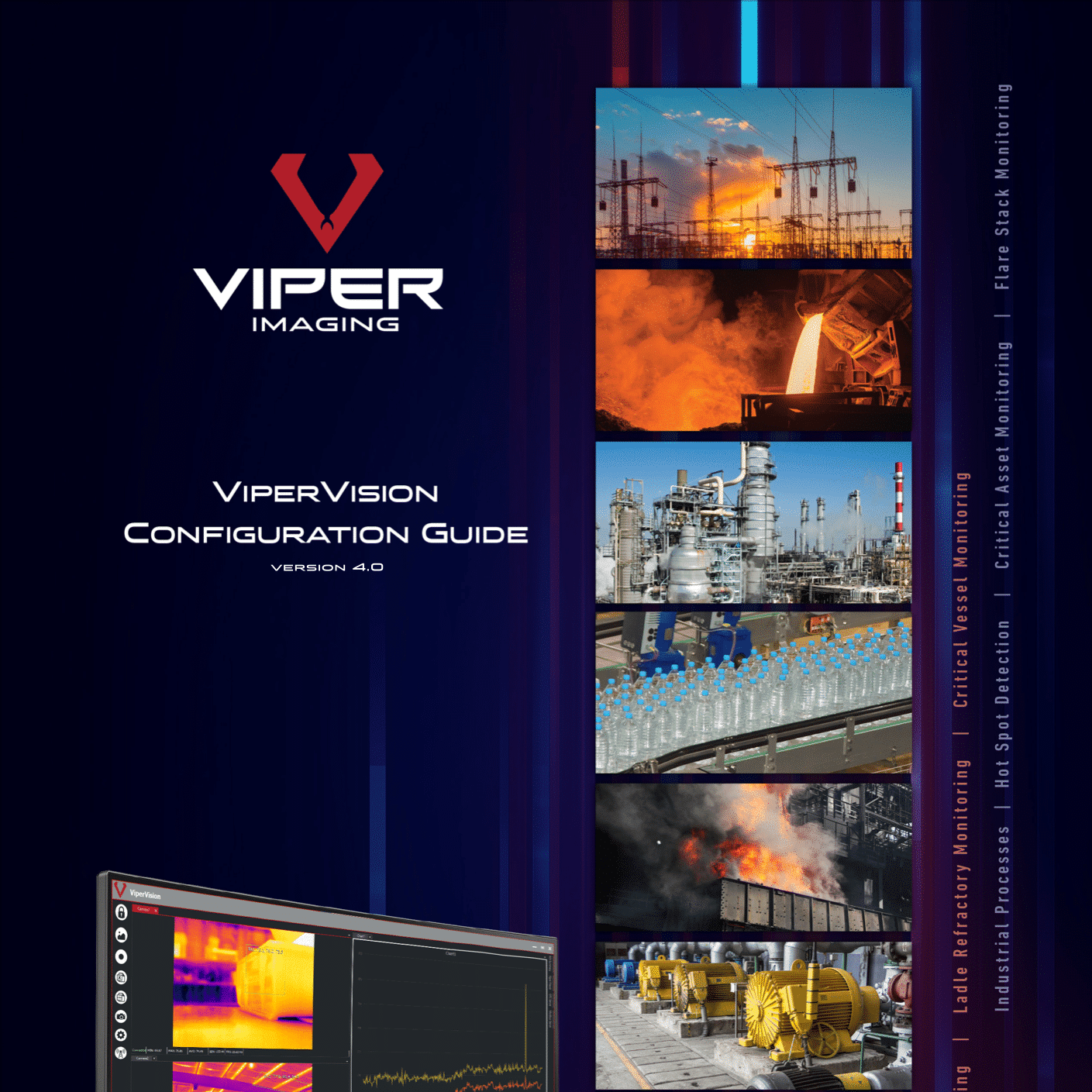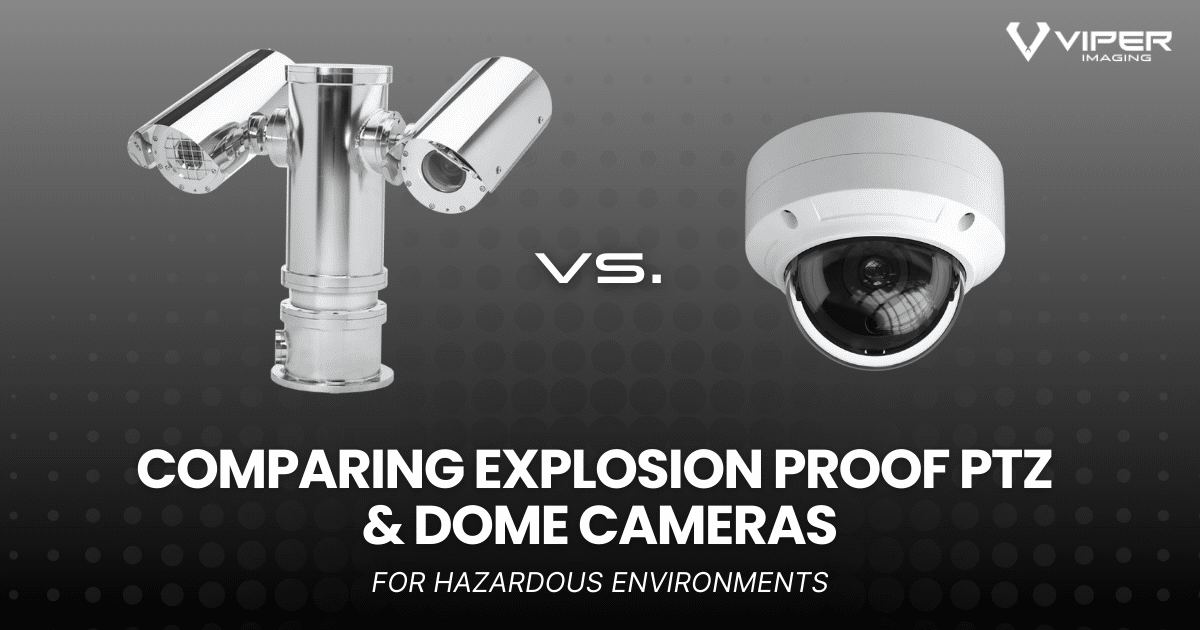Infrared: A Thermal Monitoring Guide
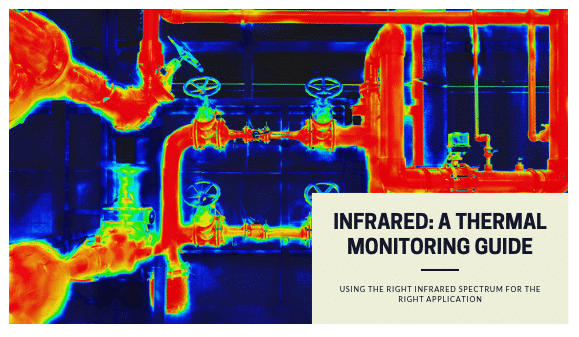
by Rich Shannon, Director/Co-Owner of Viper Imaging
For those of you working in the oil and gas, paper and pulp, steel, and power generation industries, you might be lying awake at night worrying about whether or not something catastrophic was to happen at your facility. What if a faulty electrical connection shut down a critical piece of equipment – or even your unit or entire plant? What if the tubes in your furnace get too clogged with slag? What if you were to have a dangerous release of certain types of gases? Or, one of the many combustible materials in your plant could catch fire and destroy valuable equipment, not to mention putting the lives of your team at risk?
The solution to this ongoing worry is a robust thermal monitoring system that will alert you to these scenarios in plenty of time and remediate them. Additionally, implementing advanced temperature monitoring systems can ensure operational efficiency and prevent food spoilage, especially in industries like food service, where compliance with HACCP standards is crucial. But suppose you’re patching your thermal monitoring solutions in-house rather than trusting the monitoring to a well-versed expert in the field (like Viper). In that case, you might not know how to properly manage, detect, or monitor the various scenarios that could go wrong.
With that in mind, we wanted to educate you on the finer details of using different wavelengths of infrared for thermal detection and analysis, which provides multiple ways to detect problems in and with various materials, vessels, and machines (let’s refer to them as “targets”). “Forewarned is forearmed,” as they say, and the way to understand better your potential risk for problems is to understand better the purpose of various wavelengths along the electromagnetic spectrum and how to choose between short, mid, or long-wave infrared thermal camera systems.
Short, mid, or long-wavelength infrared detection: which is best?
As you may have surmised, no one wavelength will adequately alert you to all the potential problems in your storage facility. Different wavelengths detect different issues, and you likely need a combination of short–, mid-, and long-wavelength infrared detection systems for other areas of your plant. This is crucial for effective temperature control, as maintaining proper temperature conditions is essential for food safety and preventing foodborne illnesses. So, let’s compare and contrast the different wavelengths, what they detect, and when to use them.
First, an electromagnetic spectrum primer
Infrared is part of the electromagnetic spectrum after gamma rays, X-rays, ultraviolet, and visual light. It’s in the infrared wavelength where detection can happen that humans can’t see with the naked eye—but thermal imaging cameras can. Infrared allows you to detect specific emitted energies and permits you to detect problems before they occur. Understanding which part of the infrared spectrum detects your areas of concern is vital to properly developing a detection safety strategy.
When thinking about thermal detection, since we are not making physical contact with our target, we are measuring our target in a non-contact method by measuring the radiated energy of an object. After all, all objects emit infrared radiation. However, they emit at different levels. This quality is called Emissivity. We want the emissivity to be at its highest to achieve the most accurate reading. That gives us the most accurate and repeatable way of making this measurement. So, there are optimal Spectral Ranges for objects where they emit energy at their highest, measured in microns.
It’s also critically important to understand the wavelength range of each of the materials you produce or use as raw materials to determine the type of thermal monitoring system you need to get the best results. Accurate temperature data is essential for transforming raw measurements into actionable business insights, ensuring regulatory compliance, and maintaining operational efficiency.
The short wavelength band and temperature sensors
Short wave in Infrared (or SWIR) is nominally around .7 to 2.5 microns. In general, metals emit the most energy at the shortest waveband, so when temperature measurement is critical, we try to use short-wave thermal imaging cameras. Short-wave sensors are less sensitive to variations in changes in emissivity. Steel is a perfect example of this. If you are in a steel mill and, for instance, are trying to measure at the Caster, you will be less affected by different surface conditions or changes in other alloys that might be present. A temperature probe device with these cameras can also capture vital temperature data, ensuring accurate measurements across various situations.
Mid-wavelength bands and temperature data
The mid-wavelength band can detect emissions roughly in the 3-5 micron range. A critical wavelength in the mid-wave is 3.9 microns, which can “look through a clean flame” inside furnaces and boilers. One such use of mid-wavelength infrared detection is when a power plant burns coal for power. The challenge for coal-burning power plants is a build-up of slag in furnace tubes, which causes inefficient energy production. In some instances, this slag buildup can become huge – sometimes larger than the size of a car – and could cause significant damage if knocked loose by a soot blower. Since plant personnel shouldn’t operate soot blowers all the time (because they are very high-pressure and could even blow holes in the furnace tubes themselves), mid-wavelength infrared detection cameras that can alert when there is excessive slag buildup is a much more cost-efficient approach to furnace tube maintenance, enhancing operational efficiency.
Examples of materials and devices falling in the mid-wave infrared band include Flame Filters (3.9 microns), glass (4.8 to 5.2 microns), and thin-film plastics (3.43 microns.)
Long-wavelength bands
Long-wave band thermal imaging cameras can detect 8-14 micron range objects. Long-wave thermal cameras can see through smoke and some steam, whereas short and medium-wave cannot. It may not be as precise for monitoring materials in an exact micron range, but if it can better see the target, it’s more appropriate for specific measurements. Longwave cameras are often used outdoors because they are less affected by solar reflections – making them a great choice when monitoring temperatures inside substations or power lines. Additionally, advanced temperature sensors play a critical role in these outdoor applications by providing real-time data and automating the monitoring processes, ensuring accurate temperature management and enhancing operational efficiency.
It’s true: No “one size fits all” with temperature monitoring systems for industrial applications.
We think you can see why when Viper Imaging is invited to propose hazard protection, we thoroughly assess all materials and areas of concern before making very precise recommendations on the types of thermal detection solutions required for each area of a client’s plant or facility. Our advanced solutions include digital temperature monitoring systems, which provide real-time data tracking, trend analytics, alarms, and instant alerts for temperature deviations, ensuring compliance with food safety regulations and enhancing operational efficiency. Unfortunately, sometimes even the most intelligent, well-intentioned engineer tries to standardize their approach to hazard detection internally, using imaging solutions with the same infrared band wavelength for all their applications, often with poor results. At Viper, we have decades of experience understanding our customers’ applications and how to apply infrared sensors accurately and adequately.




